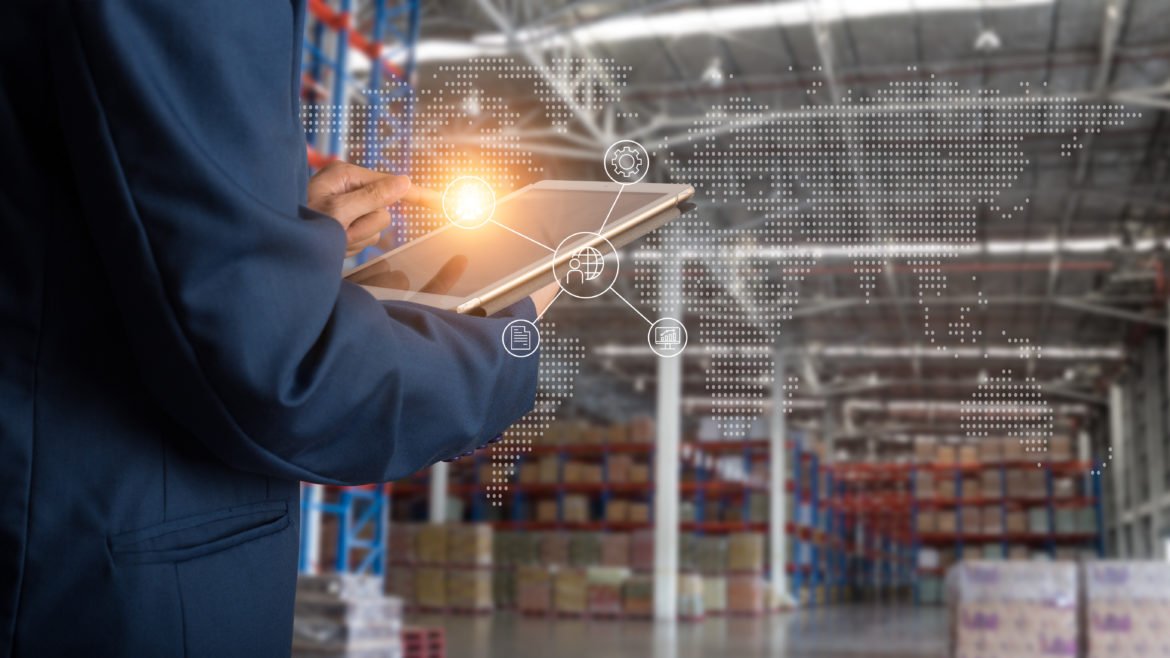Made in China is more than just a label, and it’s been an era in American manufacturing ripe for disruption with looming geopolitical tensions and regional challenges. The latest Covid-driven lockdowns have fueled speculations about the resiliency of supply chains and their ability to bounce back into a pre-pandemic JIT (Just-In-Time) model. With staggering wait times and shortages running headlong into the mounting outcry among consumers, supply chain leaders are asking themselves if there is another way?
Rerouting supply chains is complicated
Outsourcing of manufacturing and logistics processes has empowered the global enterprise to meet the American appetite for years. But now, there’s no silver bullet for fast, cheap, or easy—any of those perks that lured companies in just decades ago. China is known for being a high-quality provider of manufactured goods and supply chain services and organizations have had a challenging time finding comparable outsourcing alternatives poised to produce on the same scale and level. Now, with growing concerns about timeliness, more organizations are reopening searches for a reliable, consistent alternative that’s more predictable for long-term supply chain growth and planning.
Read on



























